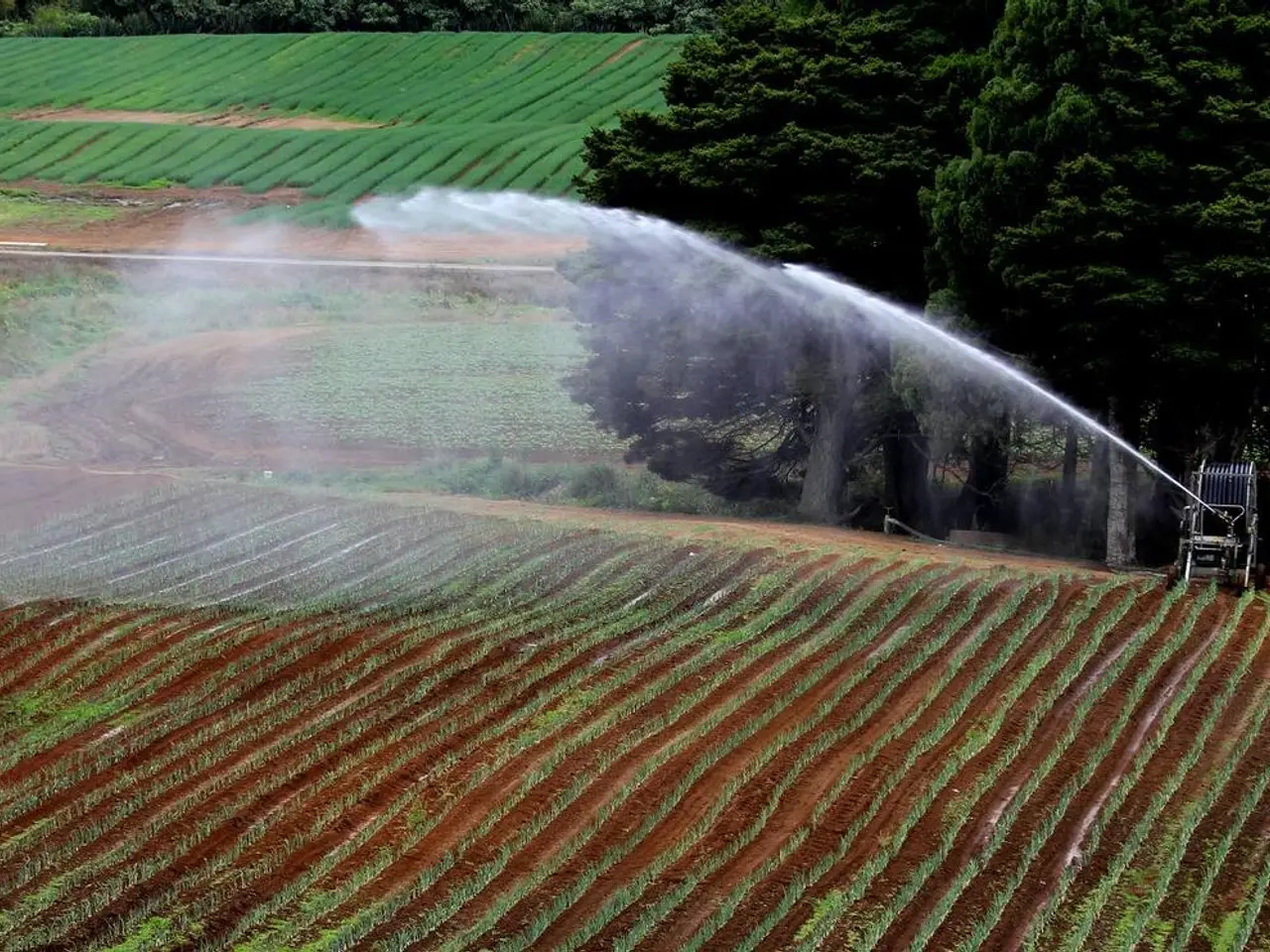High levels of mould and dampness in households across England have reached a five-year peak, according to a recent survey.
In a bid to address the growing concern over indoor air quality and dampness in homes, the UK government has taken significant steps to improve housing conditions, particularly in the private rented sector.
Recognition of Indoor Air Pollution as a Public Health Crisis
The Royal College of Physicians (RCP) identified poor indoor air quality, exacerbated by damp, mould, poor ventilation, and emissions from heating and cooking, as a critical health threat contributing substantially to respiratory illnesses and deaths. They urge the government to treat indoor air pollution with the same urgency as outdoor air pollution, integrating this into public health and housing policies.
Policy Consultations and Regulatory Updates Targeting Housing Standards
The government is consulting on various measures aimed at improving housing conditions. These include new duties for landlords to explore all cost recovery avenues before passing remediation costs to leaseholders, which indirectly supports investment in damp and mould remediation. There are also proposed enhancements to building regulations, such as those affecting fire safety and product standards, to reduce indoor moisture and mould risk.
Improved Building and Maintenance Practices
Research emphasizes that building practices, environmental dynamics, and water leakage management critically impact mould growth indoors. This informs calls for better construction, maintenance, and environmental controls to prevent damp and mould, particularly in vulnerable rented properties.
Focus on Vulnerable Populations in the Private Rented Sector
Evidence shows that the worst impacts of poor indoor air quality and mould disproportionately affect deprived communities, who often live in poorer quality private rented housing. This aligns with a broader policy focus on housing inequality and health disparities.
Ongoing Research and Monitoring
New data released in 2025 shows over 20% of Britons experience hidden mould exposure, contributing to a substantial chronic health burden. This underlines the need for continuous monitoring and targeted interventions.
The Future of Housing
With 80% of the buildings we will use in 2050 already standing today, the challenge of upgrading England’s housing stock is both urgent and unavoidable. Alex O'Dell, Vice President at VELUX, stated that everyone deserves a safe, healthy, and energy-efficient home with adequate ventilation, daylight, and indoor comfort.
From October 2025, social landlords will be required to address damp and mould hazards that present a significant risk of harm to tenants as part of the Government’s Warm Homes Plan. The worsening damp and mould crisis underscores the urgent need for investment in housing renovations.
As the government continues to address these issues, it is clear that a healthier, more energy-efficient housing stock is not just desirable, but essential for the wellbeing of the nation.
Sources:
- Royal College of Physicians (2025). Every breath we take: the lifelong impact of air pollution. London: RCP.
- Department for Levelling Up, Housing and Communities (2023). Consultation on measures to improve the private rented sector. [Online] Available: https://www.gov.uk/government/consultations/measures-to-improve-the-private-rented-sector
- National Centre for Social Research (2025). Hidden mould in UK homes: a national survey. London: NCSR.
- Public Health England (2023). Health impacts of mould and damp in homes: a review of the evidence. London: PHE.
- Department for Business, Energy and Industrial Strategy (2023). Consultation on building regulations and fire safety. [Online] Available: https://www.gov.uk/government/consultations/building-regulations-and-fire-safety
- The UK government is addressing the growing concern of poor indoor air quality and dampness in homes, particularly in the private rented sector.
- The Royal College of Physicians identified poor indoor air quality as a critical health threat, contributing to respiratory illnesses and deaths.
- The government is consulting on new policies aimed at improving housing conditions, including measures for landlords to explore cost recovery avenues for damp and mould remediation.
- Proposed enhancements to building regulations focus on reducing indoor moisture and mould risk, and improving fire safety and product standards.
- Research highlights the impact of building practices and environmental dynamics on indoor mould growth, emphasizing better construction and maintenance.
- The worst impacts of poor indoor air quality and mould disproportionately affect deprived communities living in poorer quality private rented housing.
- New data shows over 20% of Britons experience hidden mould exposure, contributing to a substantial chronic health burden.
- A healthier, more energy-efficient housing stock is essential for the wellbeing of the nation, with 80% of buildings standing today expected to be used by 2050.
- A Vice President at VELUX stated that everyone deserves a safe, healthy, and energy-efficient home with adequate ventilation, daylight, and indoor comfort.
- As of October 2025, social landlords will be required to address damp and mould hazards that present a significant risk of harm to tenants as part of the Government’s Warm Homes Plan.
- Investment in housing renovations is necessary to address the worsening damp and mould crisis.
- The government is treating indoor air pollution with the same urgency as outdoor air pollution, integrating it into public health and housing policies.
- Policies focus on housing inequality and health disparities, particularly in the private rented sector.
- The future of housing will require improvements in building design and maintenance practices to prevent damp and mould.
- Poor ventilation, poor design, and inadequate insulation contribute to poor indoor air quality and mould growth.
- Energy efficiency and environmental sustainability are key factors in improving housing conditions and indoor air quality.
- Workplace-wellness, health-and-wellness, fitness-and-exercise, and environmental-science industries have a role in promoting healthier living environments.
- The manufacturing industry can incorporate sustainable practices to reduce emissions from products and processes.
- Skin-care products and therapies-and-treatments should be free from harmful chemicals to promote better health and wellness.
- Nutrition plays a crucial role in supporting health and well-being, influencing energy levels and overall health.
- The finance industry can support the renovation of homes through innovative investment mechanisms.
- The retail sector can promote products and services that prioritize energy efficiency, environmental sustainability, and health improvement.
- The transportation sector can contribute to air quality improvements through cleaner technologies, such as electric vehicles.
- Lifestyle choices, including fashion-and-beauty, food-and-drink, and personal-growth strategies, can have a significant impact on health and wellness, and can be made in a more sustainable and eco-friendly manner.




